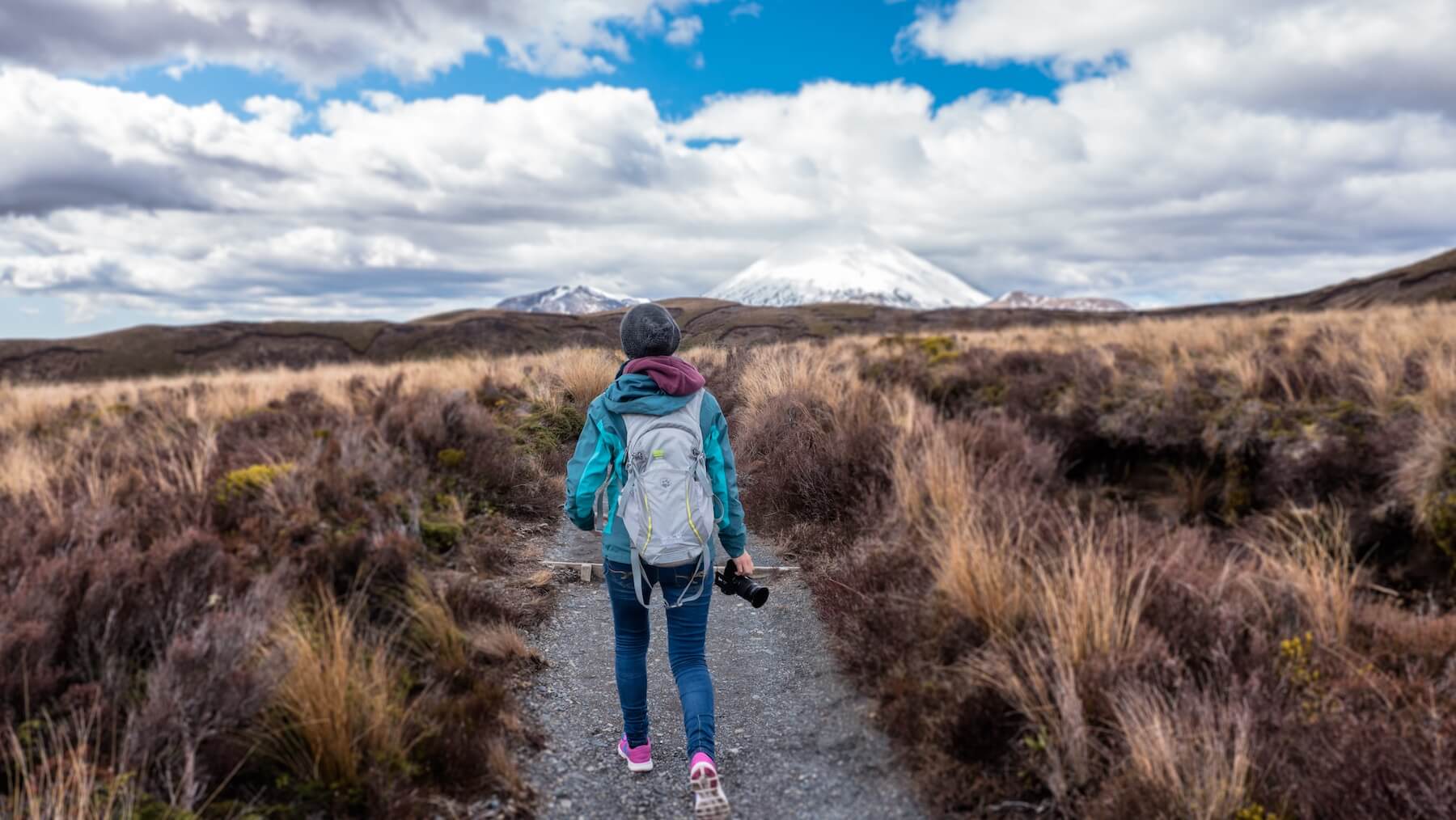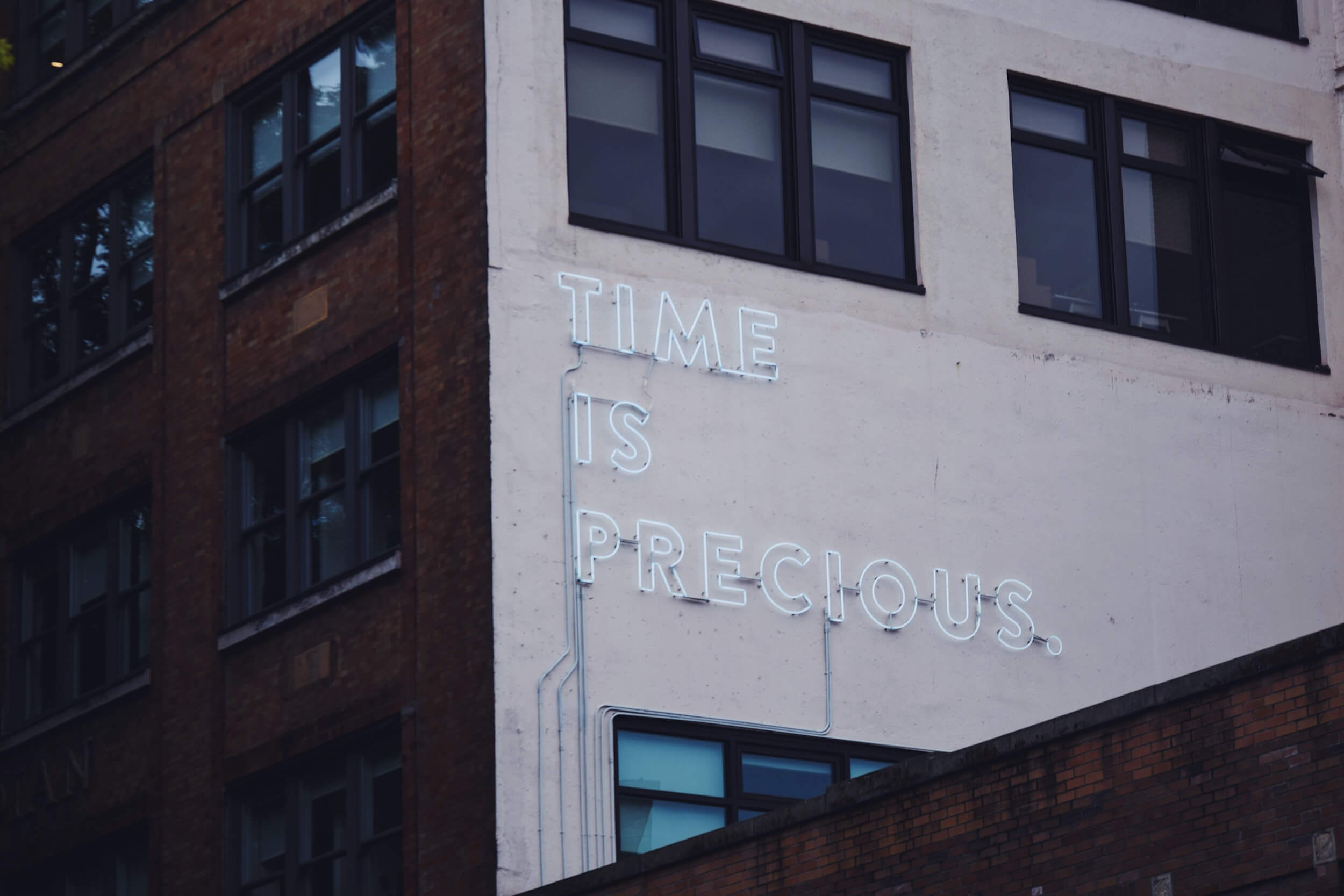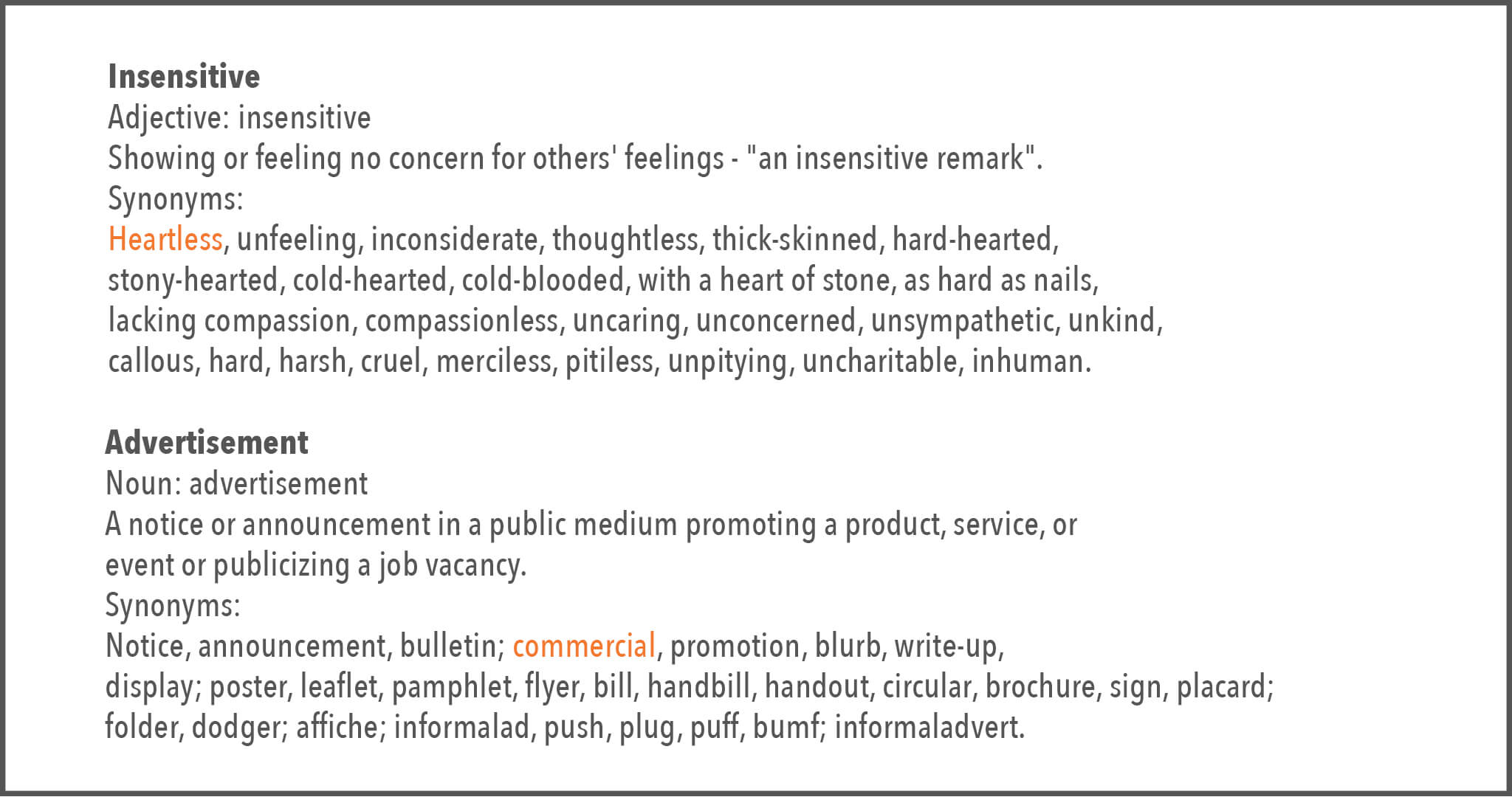Location scouting strategies we use
Jul 16, 19

Film making is one of the most elaborate processes. One film, any kind of film involves a whole gamut of professionals working on the same page to execute an idea from the inception to the final delivery.
Once the script and screenplay have been locked and the director with the producer have vetted out the budgets and the look of the film then the process of scouting for locations begin.
Location Scouting Strategies we use:
Chasing the Requirement:
A film is at first glance perceived by the ‘look’ or what the audience first experiences - which basically means that where the film is shot or placed makes a big difference to how the audience takes the film in. So, filming locations should be discussed in detail with the location managers or location scouts and the director and producer. Everyone on the team should be aware of the ideas for locations so that the best locations can be found for the film. This helps the location scouts and managers to find locations that are fresh, new, apt and cost-effective.
Once the locations have been found or identified then the team reviews the locations in accordance with the script.
After the shortlist of locations are made the core team visit the locations this is called 'Reece' or reconnaissance or 'Tech scout'.
The locations are only finalized once the director and producer have approved the locations.
Checking the weather and light conditions:
Amongst the location scouting strategies we use, weather and light conditions are of paramount importance. One can find a beautiful location and then discover that the rains are due when the film is supposed to be shot or realize that the daylight shooting hours are limited because of the approaching winter.
It is also important to place the film accurately - if it’s a scene in the hot summer day and you have heavy winds then the scene is just not going to work. So for all practical purposes if the location is outdoors one needs to check with the weather forecasts.
Also, we always have contingency plans in plans for unforeseen situations.
Crew management - filming facilities:
The location scouts and managers also have to make sure that all the locations they shortlist are shoot friendly. A regular mid-sized shoot involves over 50 people working together at a given time. So, parking and toilet facilities have to be looked into. The location also has to have space to accommodate the heavy-duty equipment like a jib, a crane, rain machines, generator sets, etc.
Electricity or generator:
Getting electricity on location is a bonus for the production but most often locations do not have the electricity capacity to fuel the power needed by the heavy-duty film lights. So a generator is always needed. Since the generator takes up space and might inconvenience the neighbors do make sure you set aside a space for it that is tucked away and accessible.
Permissions:
Local permissions from police, local govt bodies, private owners and neighbors. A nightmare on Indian streets is the local authorities. One street might fall under 2 police station jurisdictions - so we have to make sure that all necessary permissions are taken. It is also helpful to get as many permissions as possible because the number of officials wanting their hands greased is quite high and you don’t want the shoot disrupted by them!
Feasibility and Safety:
Distances from the base location of the cast and crew also play a big role in choosing a location. It is always better to stay close to the shooting location because you can save traveling time. But some locations that are untouched and not commercialized do not have places to stay close by, so, one has to plan accordingly.
Safety of the cast and crew is also of utmost importance. The production is responsible for everyone working on the project so steps have to be taken to ensure that the location is not risky - both natural risks or man-made risks. Extra precautions have to be taken if a shoot is scheduled near a water body.
All these crucial integral points that are looked into before the booking of the site is made. These are important aspects we take into consideration the location scouting strategies we use before we finalize and start rolling!
Photo by Thomas Schweighofer on Unsplash


